Field Photos All in One Place! (OV-10 Bronco Build)
Check out this compilation of our OV-10 Bronco out and about!
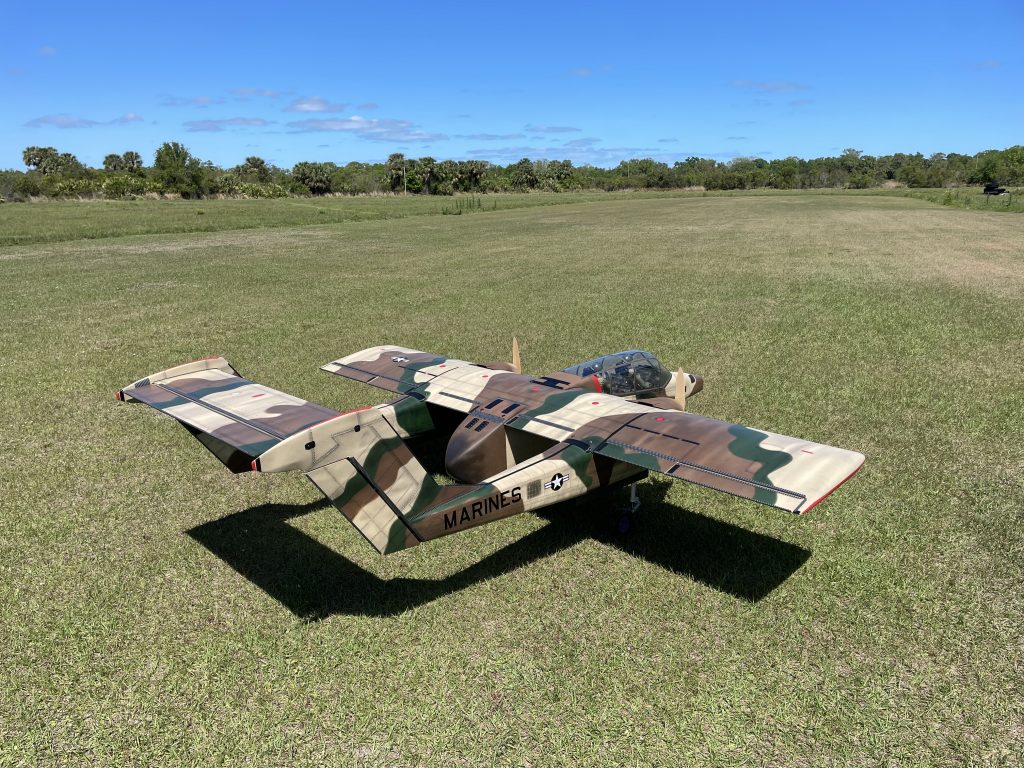
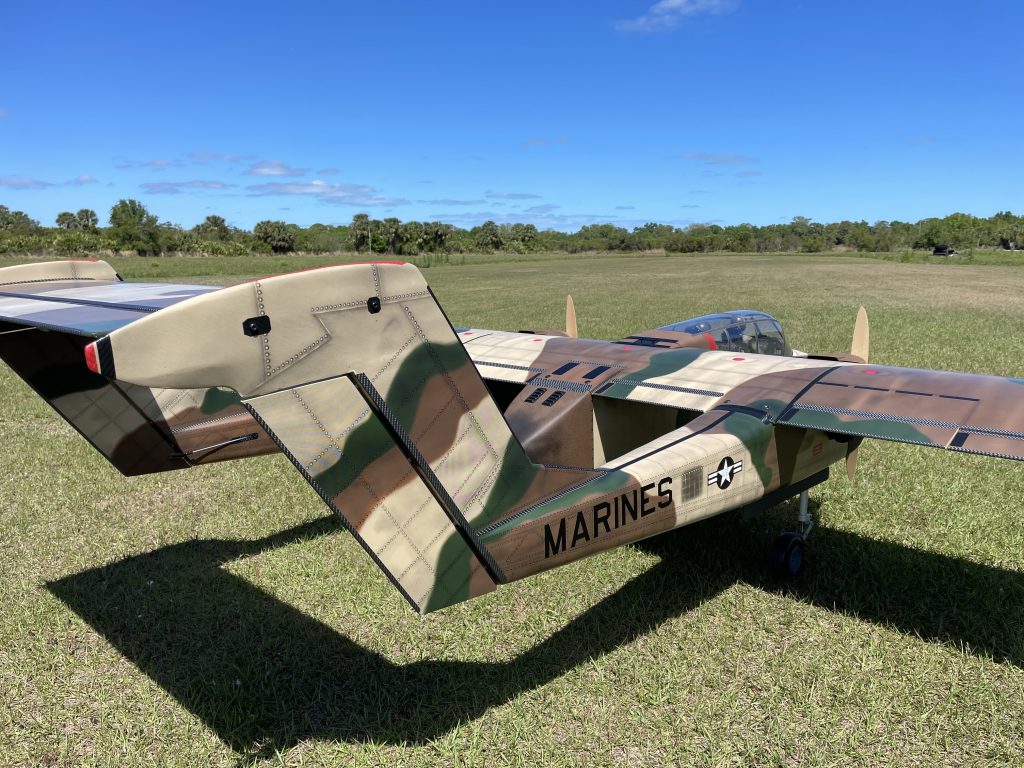
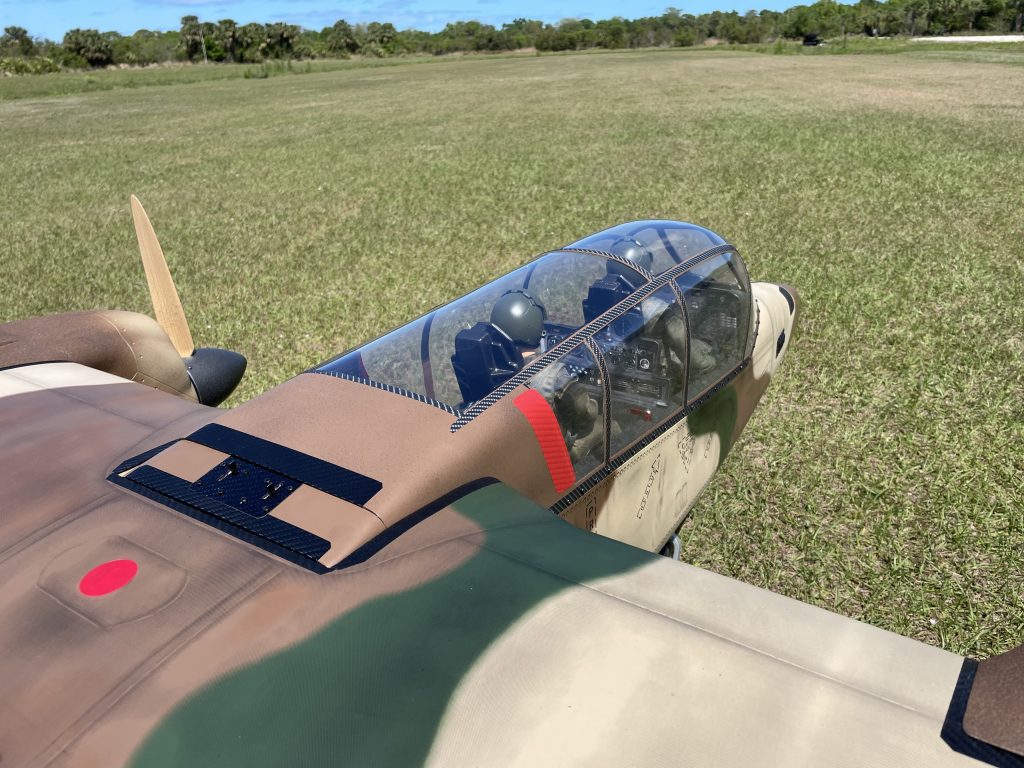
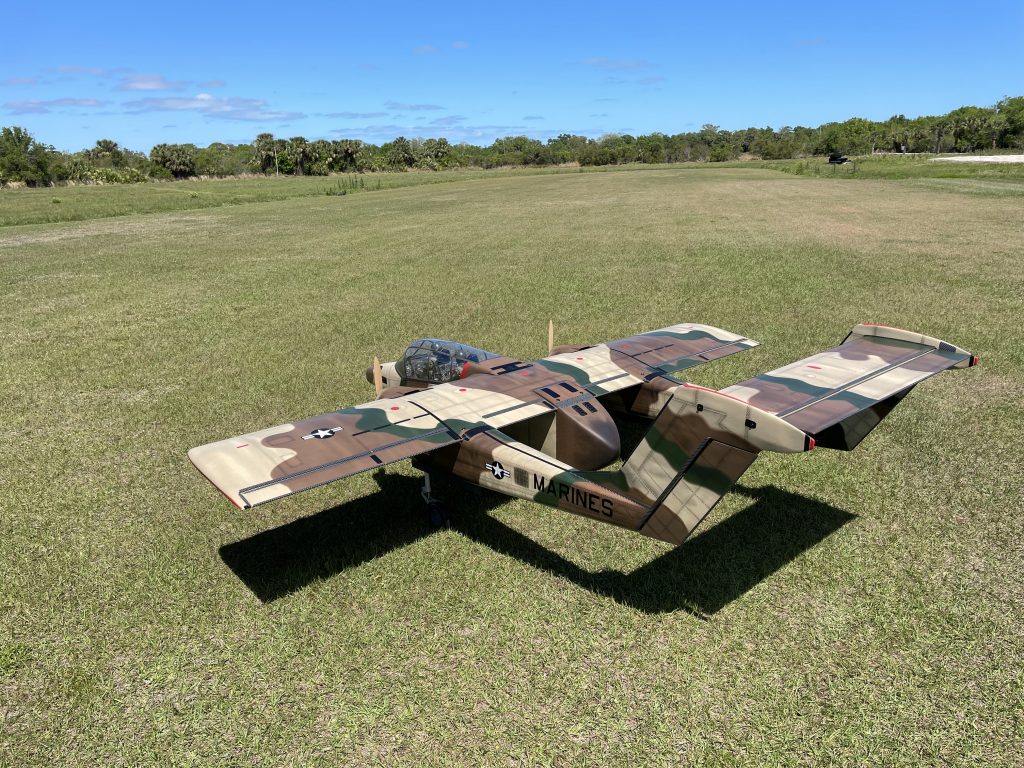
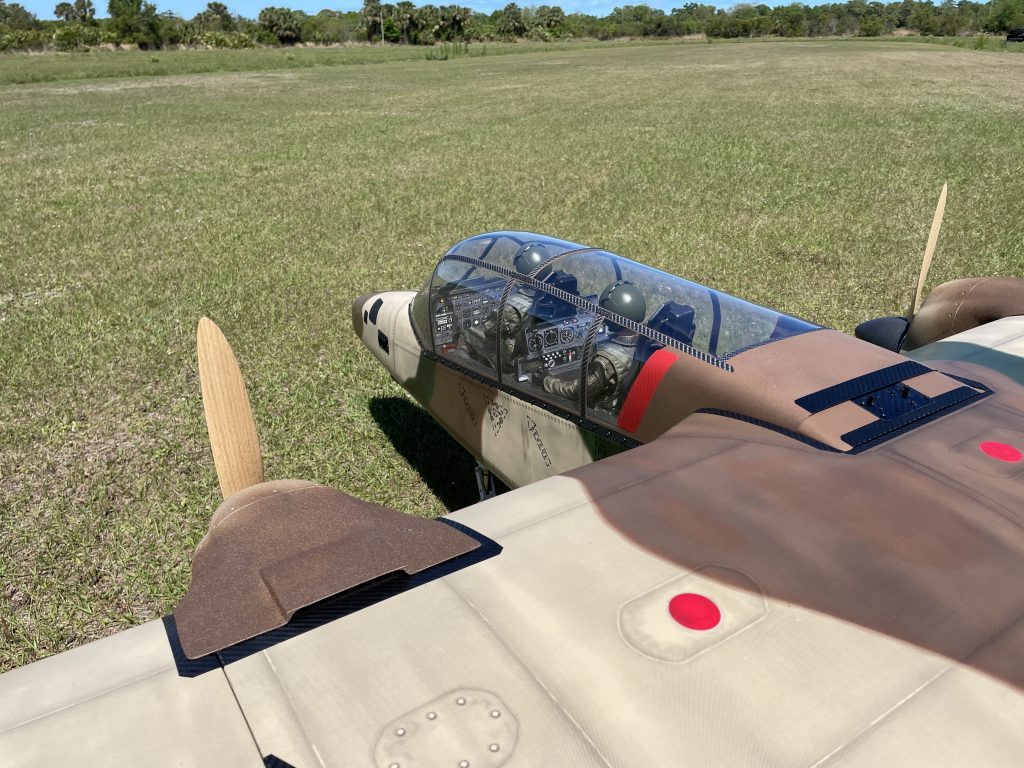
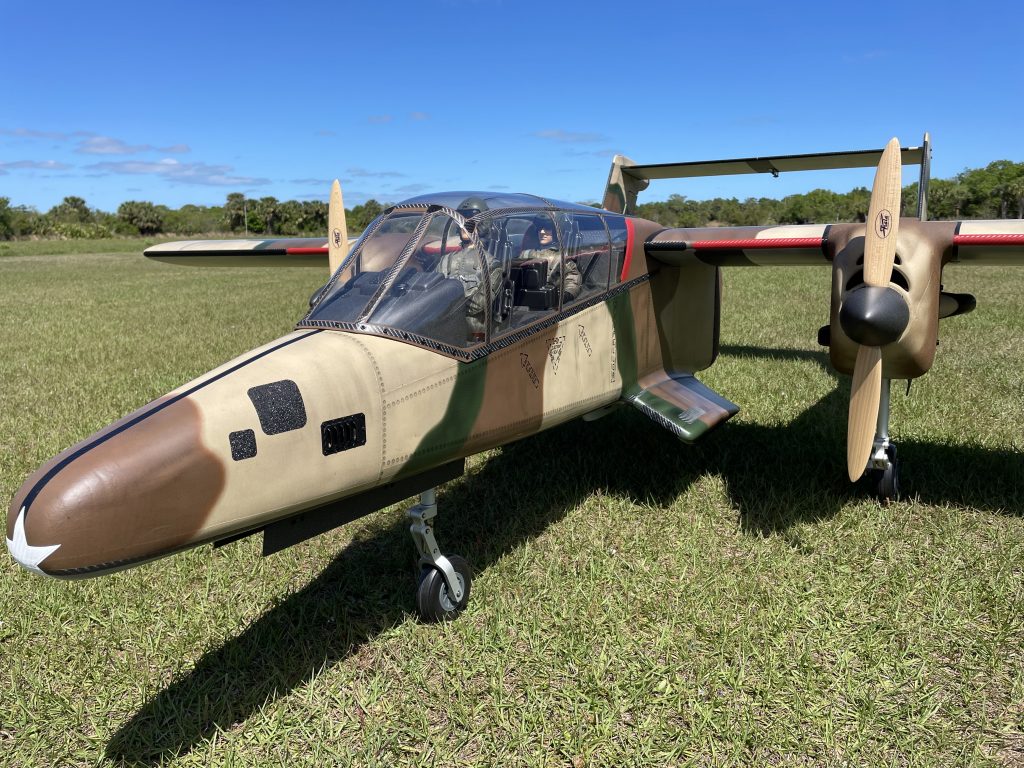
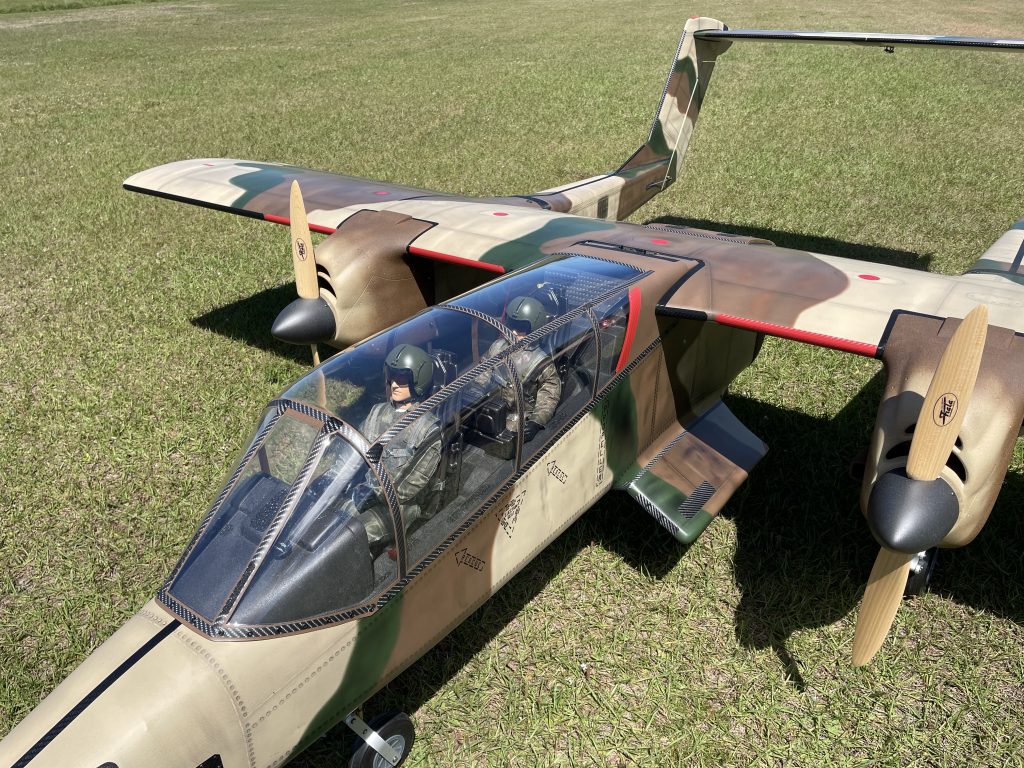
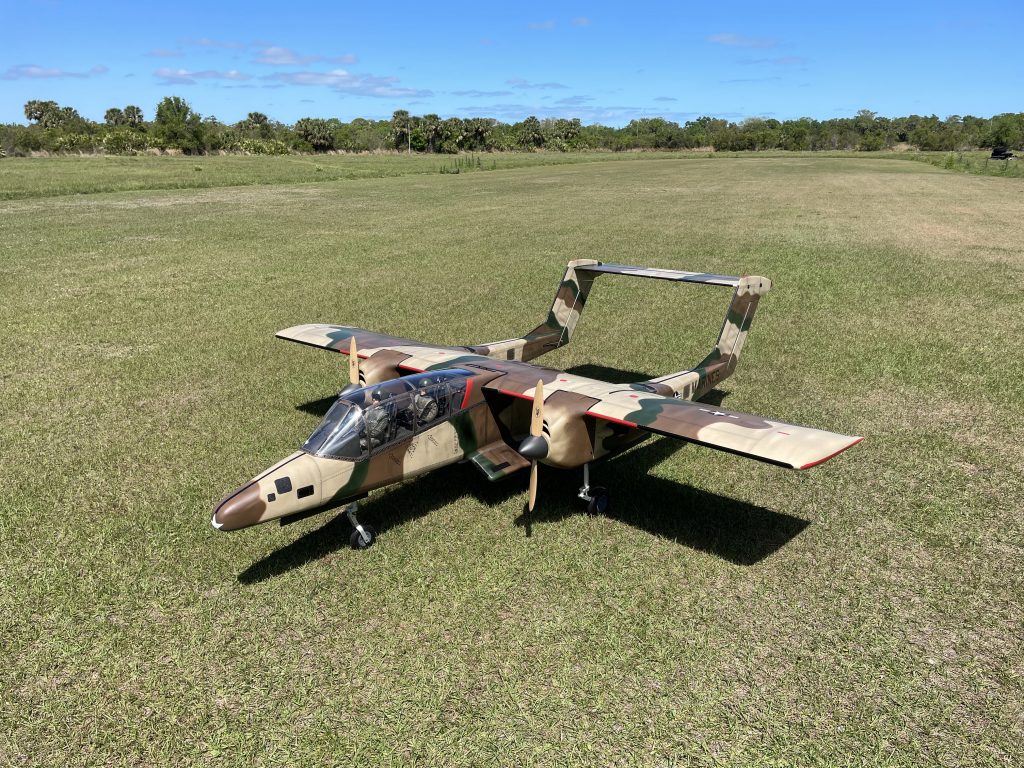

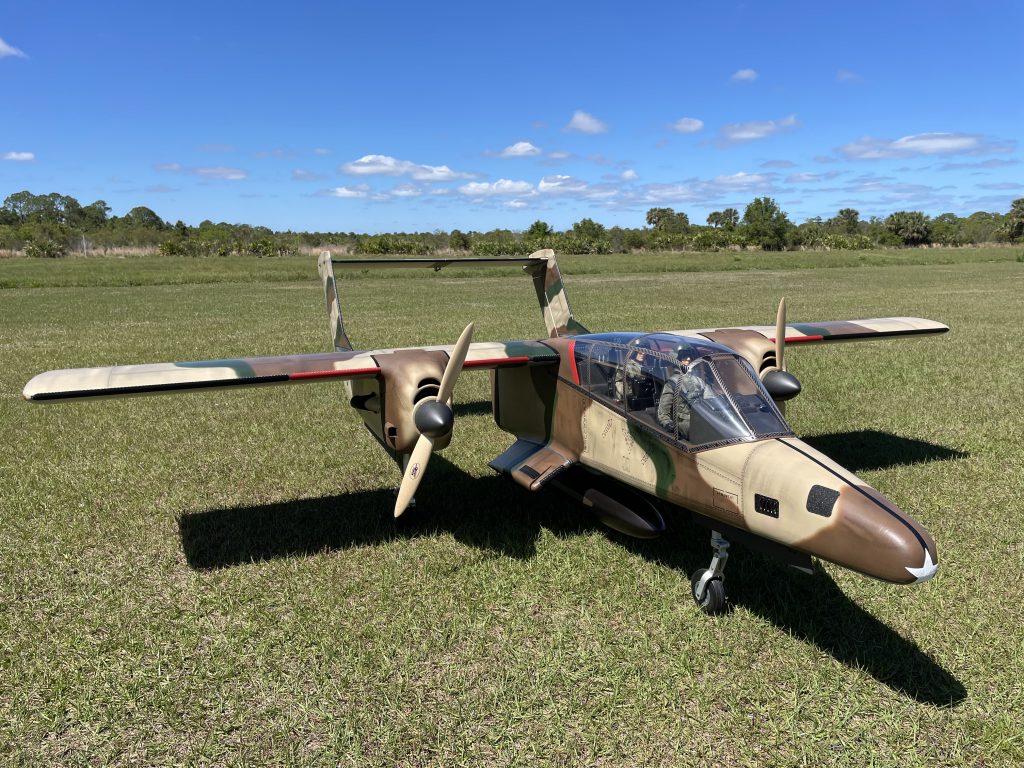
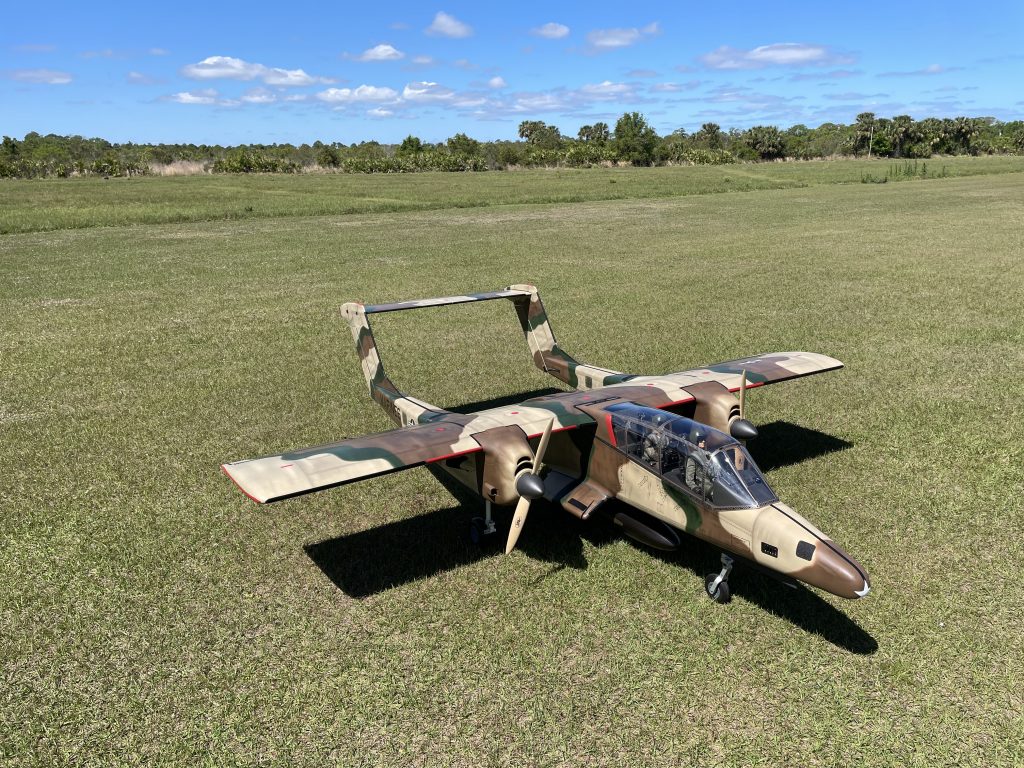
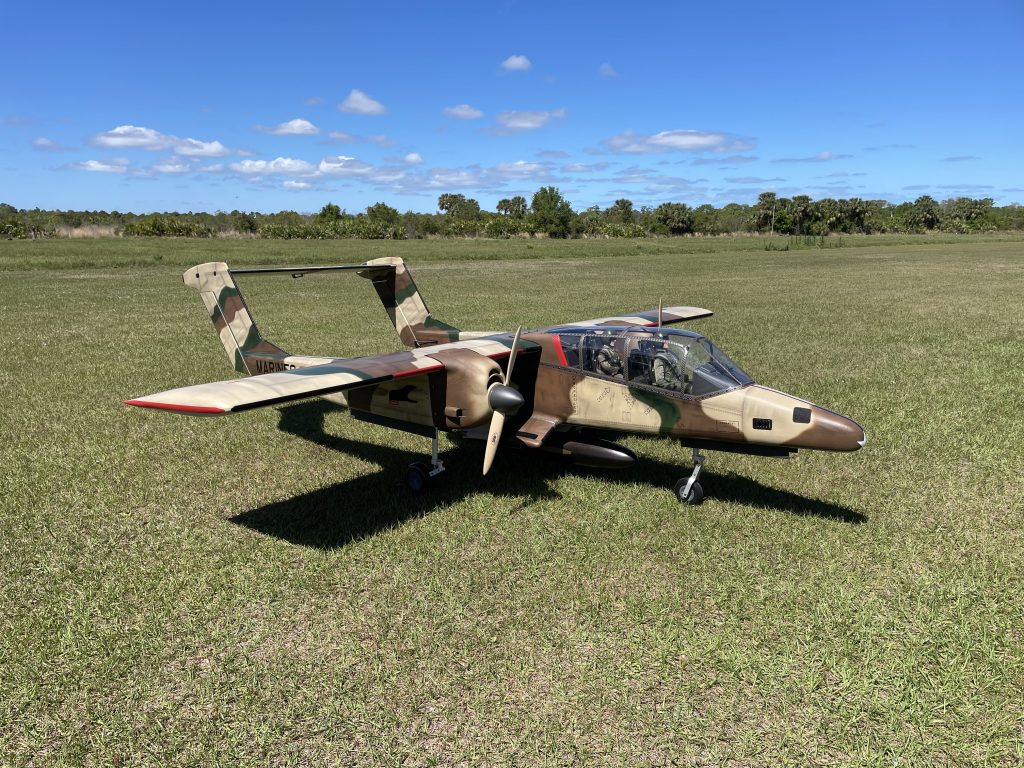
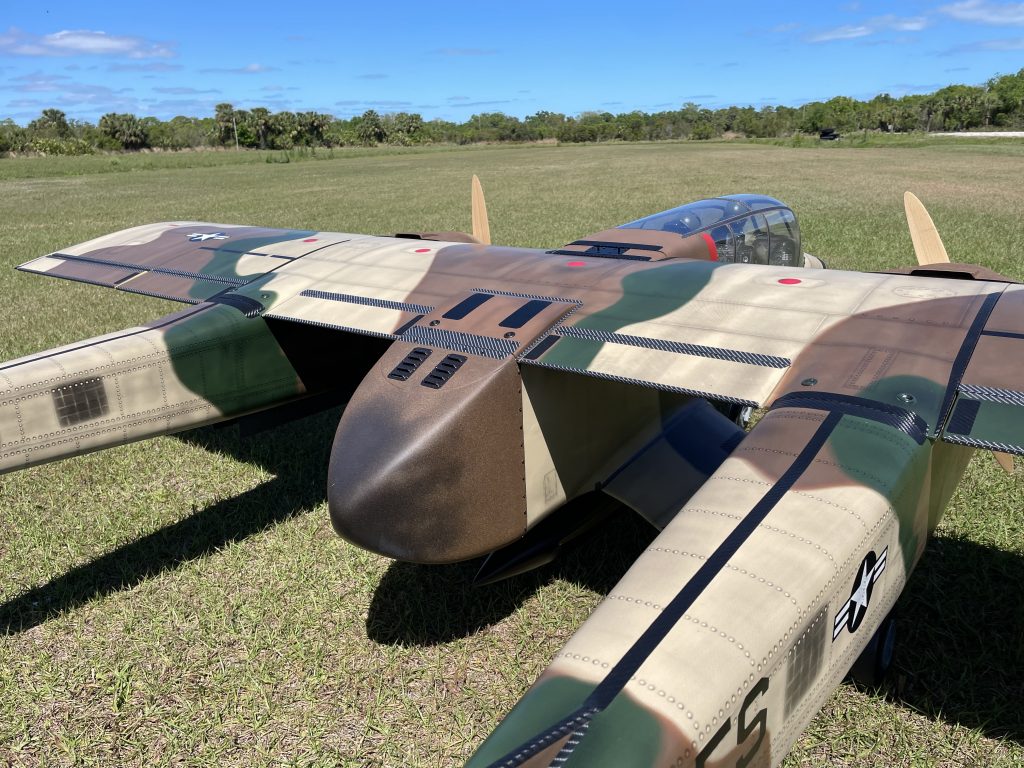
We learned about the different types of motors to choose, and what all those specifications were, now it is time to learn how to apply that information to selection of your electronic speed control (ESC).
An ESC is an electronic device that connects to your flight batteries and to your motor. The purpose of the ESC is to regulate the speed of the electric motor. In brushless motors, there is no communicator to adjust the poles inside the motor. Adjustment of the polarity in the poles is what causes the motor to spin. This is where the ESC comes in to the mix. The ESC can adjust motor polarity through its programming.
First thing is first, you must know what your motor is. Your motor must be selected with what you are flying in mind, as you will have minimum requirements based on the airplane (and equipment) chosen and your flying style. Once you have selected your motor, you can look for an ESC.
The first step is to find your current draw, measured in amps. Your current draw is the amount of amps your motor will pull through the ESC when in use. The ESC needs to be rated to handle the motors current draw, or it will overheat and burn up. Current draw will be listed in two configurations: burst and continuous. The burst rating is what the ESC can handle in short bursts, typically of around 10 seconds or less. The continuous rating will be the amount of current the ESC can handle continuously, over the flight. Keep in mind, there are several factors that can effect your current draw; Motor KV, prop size, and motor size.
The second thing that you want to look at is the input voltage rating. The voltage rating lets you know the maximum voltage, from your batteries, that the ESC can safely support. If you are putting a higher voltage through your ESC than intended, you can damage both the ESC and the Motor. The input voltage rating should match what your motor can handle as well.
Some ESC’s will have a BEC (battery eliminating circuit). This will convert the voltage down to a suitable voltage to power your receiver without needing an additional receiver battery pack. Others will be called OPTOs, which mean that the signal is transferred through an optically isolated (by light) circuit and will not carry power to the receiver.
Another thing to consider is your size and weight. Some applications have really tight dimensions (say in the nose of a sailplane) and you will need to find one that will squeeze in. Weight can also play a role in what you need. Typically the smaller ESC’s tend to have less efficient cooling, which can lead to overheating and burning up.
Overall, when choosing an ESC there are a few things to consider, but whatever your need, there is bound to be an electronic speed control for you! Some of the newer ESC’s also include telemetry functions that can measure multiple values like amperage, voltage, battery capacity consumed, and can calculate power output.
Check out our line of ESC’s here.


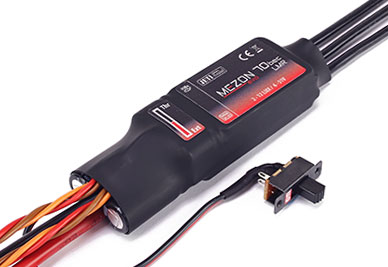
Now that we know where it started, lets take a look at how radio control flight happens. The technology revolves around the use of radio waves. Radio waves are a form of electromagnetic radiation with a frequency that lies between 10kHz to 100GHz1. Radio waves are used for long distance communication2.
Wavelength Size Comparison
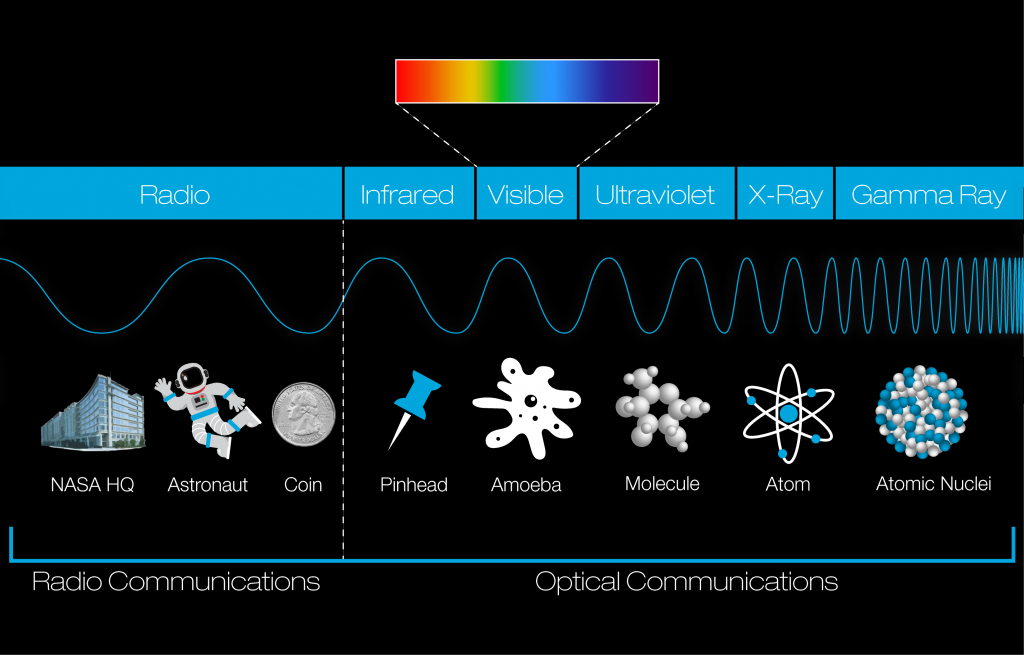
Electromagnetic Spectrum

In the hobby, we use a transmitter to send radio signals with information (instructions) to a receiver, located somewhere in your model. The receiver, which is being powered by a battery, then takes that information and passes it along to what you have plugged into it, telling those devices what to do based on the original input at the transmitter. A very basic set-up, would consist of four servos plugged into the receiver, the receiver battery, and your transmitter.

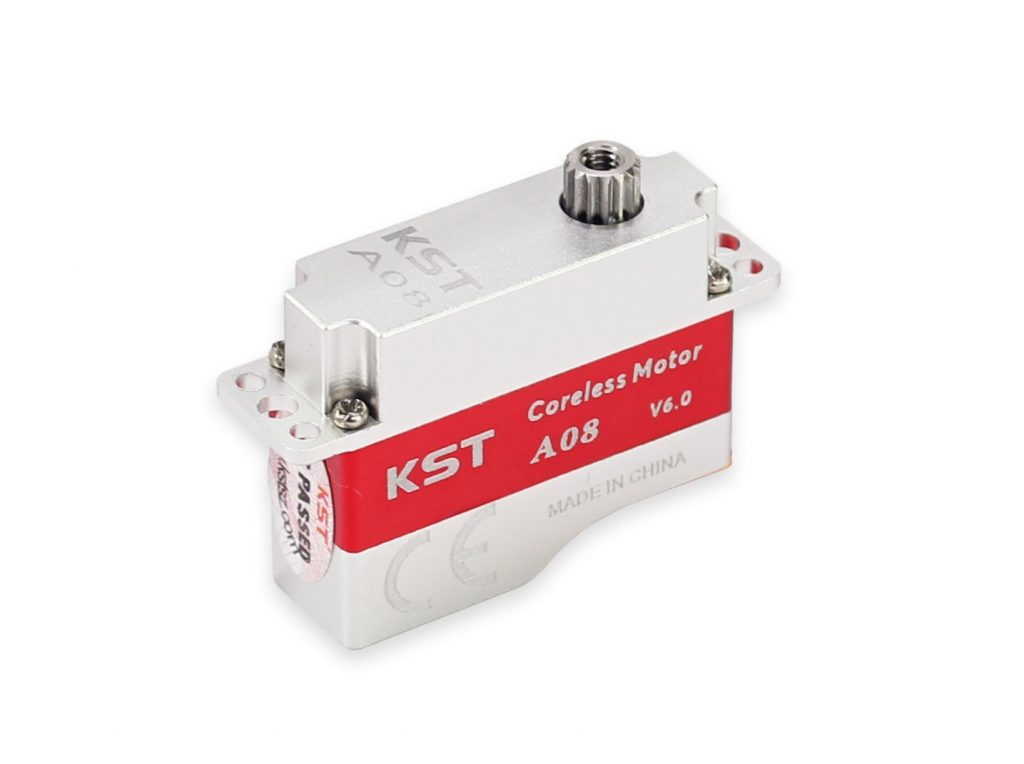
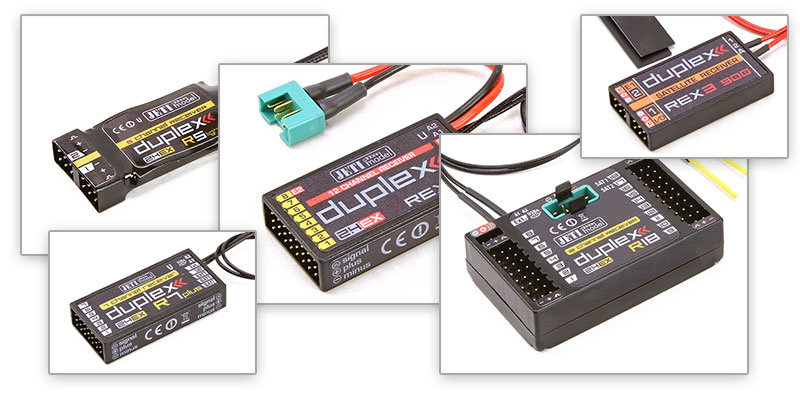
A servo, otherwise known as a servo motor, is a “self-contained electrical device”3 with an electric motor connected to a gear set. You would then connect an arm to one of the gears and then to a control rod to mechanically control your flight surfaces (Rudder, Elevator, Ailerons, Flaps).
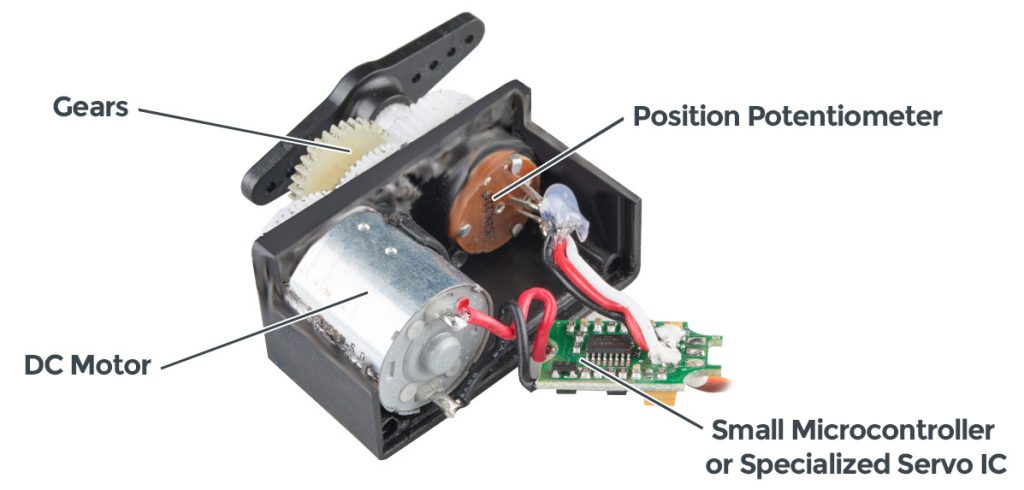
As technology advanced, the devices that you can place into your aircraft have also changed. Now-a-days, setups can range from basic (sport airplane) to a more advanced set-up (turbine aircraft) with multiple devices installed for both functionality and showman ship – and everything in between.
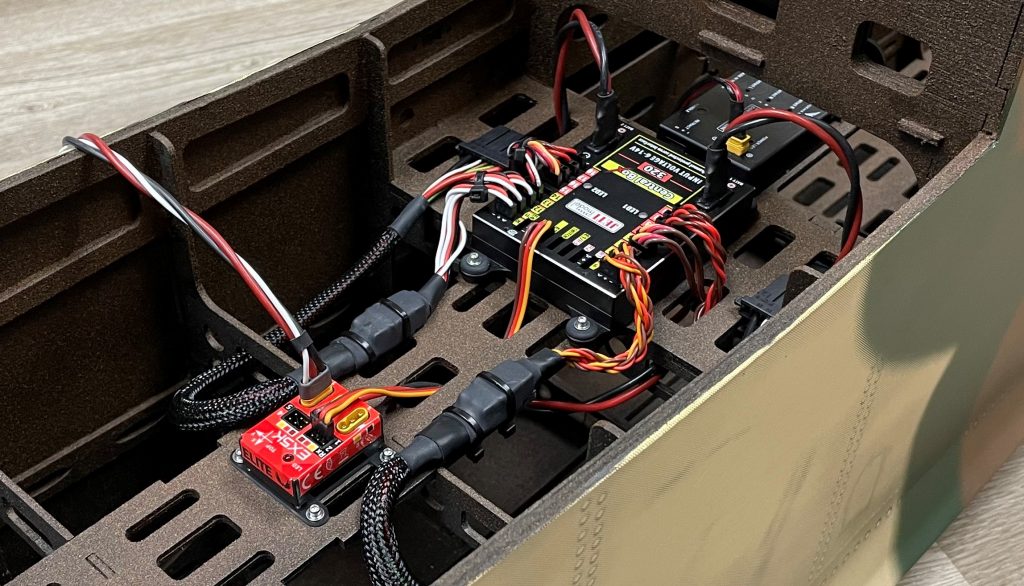

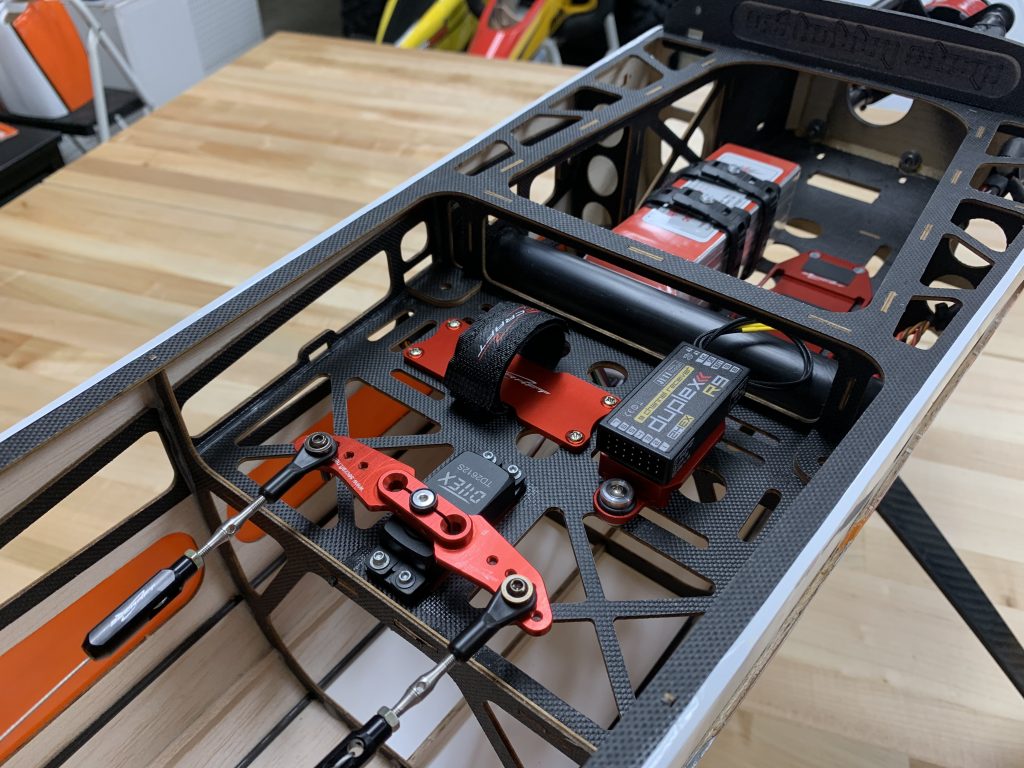
Browse our electronic flight components here!